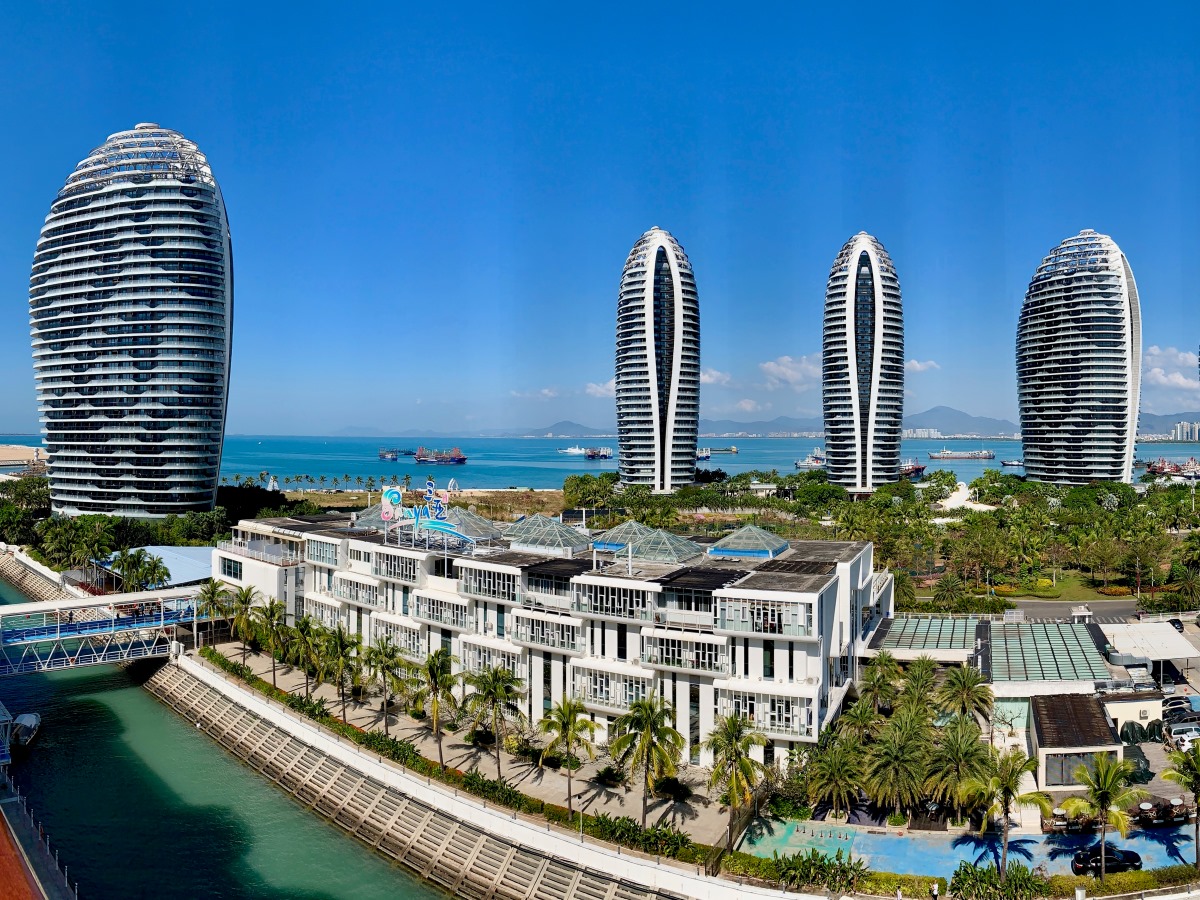The global travel retail sector has nose-dived during the coronavirus crisis. But Hainan Island, the so-called Hawaii of China, has enjoyed booming sales because of the enormous upsurge in Chinese domestic tourism.
Pola Orbis, the Japanese parent company of Jurlique and H2O+ Skincare and maker of its own high-end skincare and makeup ranges, has announced it will leverage further growth in China through travel retail.
With the Hainan Offshore Duty-Free Policy, our group expects significant growth from the travel retail business on Hainan Island in the future, says Yoshikazu Yokote, director and CEO, Pola Orbis Travel Retail.
“We think it is a great opportunity for us to expand our business aggressively and open new stores on Hainan Island, taking advantage of our growing brand presence in China.”
The flagship prestige brand POLA is leading the charge. But Jurlique is also strengthening its position in China and has already acheived significant growth in Hainan Island, so we have high expectations for the future, adds Yokote.
“Brands such as Three and Itrim are also growing in popularity despite being available only through cross-border e-commerce, so we have ample opportunities.”
Pola Orbis also has its eye on the re-opening of international travel around the world, where Chinese tourists are the number one market. Once flights to leading destinations resume, Chinese tourists will support the expansion of the global travel retail cosmetics market, especially in Asia, notes Yokote.


Jurlique now do animal testing. This has no basis in skin care because animal skin sensitivity is always different between species, purely used to test toxicity. Why use dangerous products at all?
Jurlique now do animal testing. This has no basis in skin care because animal skin sensitivity is always different between species, purely used to test toxicity. Why use dangerous products at all?
I know to tell my international students not to purchase Jurlique products. It is not Australian, it supports torture of animals and it may contain toxic ingredients. Why else would it need to be tested on animals?